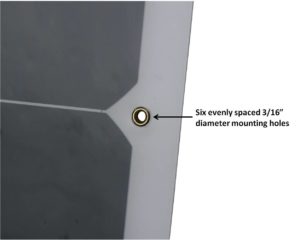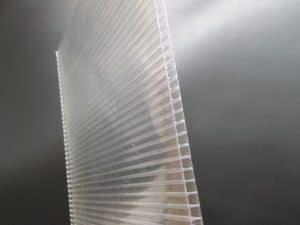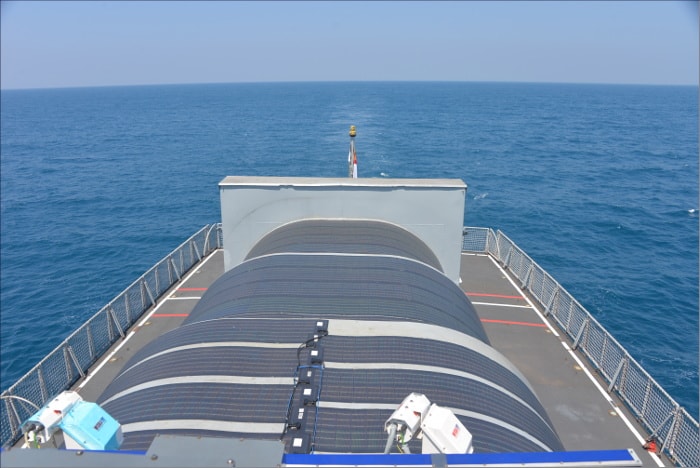Mounting flexible solar panels to your RV or van can be very easy if you have the proper tools. These eco-friendly devices are very light which allow you to install them with minimal equipment. In most cases this can be done with a few screws and some sealant.
While this process is very simple, we thought it would be a good idea to make a quick guide on how to install flexible solar panels. We recommend following each of the below steps in order to install them correctly on whatever mobile vehicle you’re using.
Mounting Flexible Solar Panels
There are multiple options to choose from when mounting flexible solar panels. Which one to pick depends on the type of vehicle you’re installing them on, the amount of power you require, and the amount of money you would like to spend. In most cases spending more money on installation equipment will increase your panels efficiency.
Before installing you should find the best spot to install them on your camper. Planning out this is essential as you want the panels to get the most sun possible, without getting in the way of other equipment. So take the time to look at your roof and plan out where your panels must go.
Installing With Screws

For additional support we recommend using the same quality sealant to seal the sides of the panels. This will effectively protect the panels from dirt or water going underneath them. This is essential as water underneath the panel can damage it and prevent the system from working in the first place.
In combination the screws and sealant can easily support any panels on top of an RV. They will be secured tight and will be flat enough to be aerodynamic for your RV. This is essential as it will reduce drag and allow your vehicle to consume less energy when driving.
Installing With Tape
If you don’t want to install screws on the top of your RV or camper then the next option is to install them with tape. This avenue of mounting flexible solar panels is very simple, but is less secure than the above option. So keep that in mind when going this route.
The first step to this option is to find where you would like to place the panels and then clean the area. This is very important as sealant tape works best when installed on a clean/dry area. This tape works on most surfaces and is often used to provide watertight seal on RV roof joints.
Once you’ve cleaned the area you can lay down the panels and cut the tape to cover the outer edges of the solar panels. It’s important to cut this tape to the proper length so you can get a watertight seal. Once the tape is fitted correctly over the edges of the panels you should remove the adhesive cover and place the tape on the panel.
We recommend using your hand or a roller to press down the tape to work out any bubbles. Once pressed down completely the tape will effectively secure the panels and provide a watertight seal.
Direct Mounting Issues
While mounting flexible solar panels directly to the roof of your RV is easy, it’s not the best option. This is simply because solar panels get hot when in direct contact with a roof. This is especially true for roofs that use metal. The heat from metal transfers to the solar panel and heats up the panel.
This is a problem because the hotter a solar panel is, the less energy it produces. While this may sound ironic, it’s better for a solar panel to be in cold sunny conditions then hot sunny conditions. The heat makes solar panels less efficient in a process called temperature coefficient.

This setup will give you a gap underneath the panel which allows air to pass through. This keeps the panels much cooler on hot sunny days.
Conclusion
Overall installing flexible solar panels can be very easy and cheap. You don’t need much equipment/time to install them and once you do install them they will last for years. If you want to get the best efficiency possible then we recommend using vented poly carbonate sheets. This will keep the panels cool and running at their best efficiency.


